Cyber Security News Aggregator
.Cyber Tzar
provide acyber security risk management
platform; including automated penetration tests and risk assesments culminating in a "cyber risk score" out of 1,000, just like a credit score.What’s the Difference Between Jail vs Prison?
published on 2024-06-08 07:00:00 UTC by Simon BurgeContent:
Navigating the intricacies of the criminal justice system requires a clear understanding of the differences between jail and prison.
But exactly what is the difference between jail and prison?
While both terms are often used interchangeably, they represent distinct facets of the legal system.
In this article, we delve into the disparities between jail and prison, shedding light on their purposes, functions, and the implications for individuals within the system.
By examining the nuances between these two institutions, we aim to provide clarity on the various aspects of incarceration and the alternatives available within the criminal justice framework.
What’s the Difference Between Jail vs Prison?
Before we learn about the differences between jail and prison, we need to understand the function and definition of each.
Jails
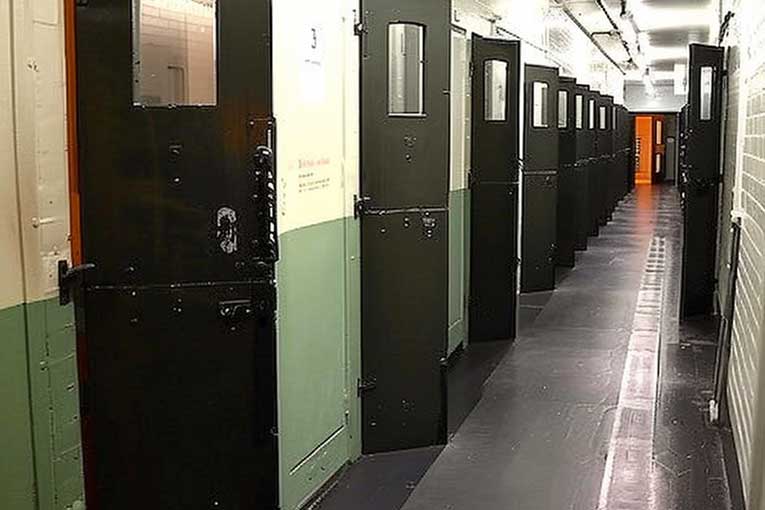
Jail serves as a crucial component of the criminal justice system, playing a pivotal role in the detention and processing of individuals involved in legal proceedings.
Typically situated within police stations or courthouse complexes, jails are purposefully designed to provide temporary confinement for individuals awaiting trial, sentencing, or arraignment.
Unlike prisons, which accommodate long-term inmates, jails are intended for shorter stays, usually less than a year.
Purpose of Jail
The primary purpose of jails is to detain individuals who have been arrested on suspicion of committing a crime, pending their court appearances.
Individuals may be held in custody for various reasons, including failure to appear in court, violation of probation or parole conditions, or pending the outcome of their legal proceedings.
By providing a secure environment for pretrial detainees, jails ensure that individuals do not pose a flight risk or endanger public safety while their cases are adjudicated.
Beyond their role in pretrial detention, jails serve additional functions within the criminal justice system.
They may house individuals who have been sentenced to short-term incarceration for misdemeanours or minor offences, providing a controlled environment for rehabilitation and supervision.
Moreover, jails often serve as holding facilities for individuals awaiting transfer to other correctional institutions, such as prisons, or for immigration-related detention pending resolution of their immigration status.
Prisons
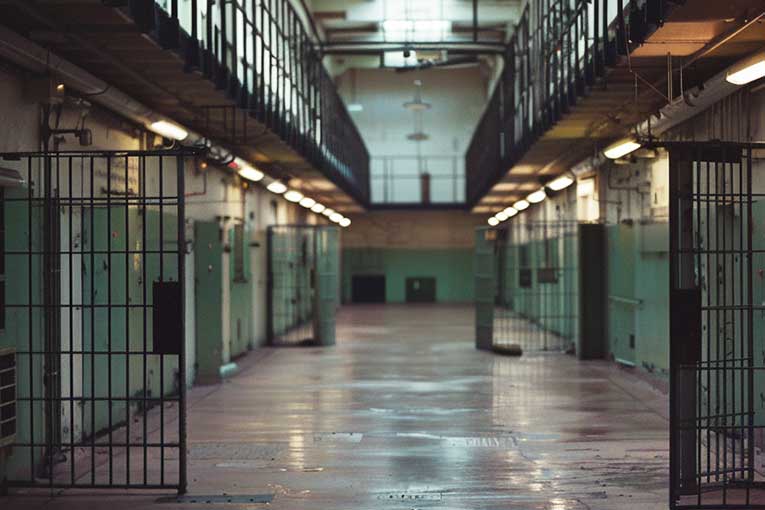
Prisons stand as a cornerstone of the criminal justice system, serving as a long-term correctional facility for individuals convicted of serious crimes.
Distinct from jails in their operational structure and purpose, prisons are typically managed by state or federal governments and are designed to house inmates for extended periods, often exceeding one year.
In the UK, there are several different types of prisons.
Purpose of Prisons
The primary objective of prisons is twofold: punishment and rehabilitation.
By incarcerating individuals convicted of crimes, prisons aim to impose legal sanctions and deterrence, thereby holding offenders accountable for their actions.
Additionally, prisons strive to rehabilitate inmates through various programs and services tailored to address their behavioural, educational, and vocational needs.
These initiatives aim to facilitate the reintegration of offenders into society upon their release and reduce the likelihood of recidivism.
Within the confines of a prison, inmates are housed based on the severity of their offences, with those convicted of felonies or more serious crimes occupying the facility.
From murderers to drug traffickers, inmates in prison serve their sentences under strict supervision, adhering to rules and regulations set forth by correctional authorities.
Prisons provide a structured environment conducive to personal growth and rehabilitation.
Inmates engage in a variety of activities and programs aimed at fostering positive behaviour, enhancing educational attainment, and acquiring vocational skills.
Through counselling, therapy, and vocational training, inmates are afforded opportunities for self-improvement and personal development during their incarceration.
The Difference Between Jail vs Prison
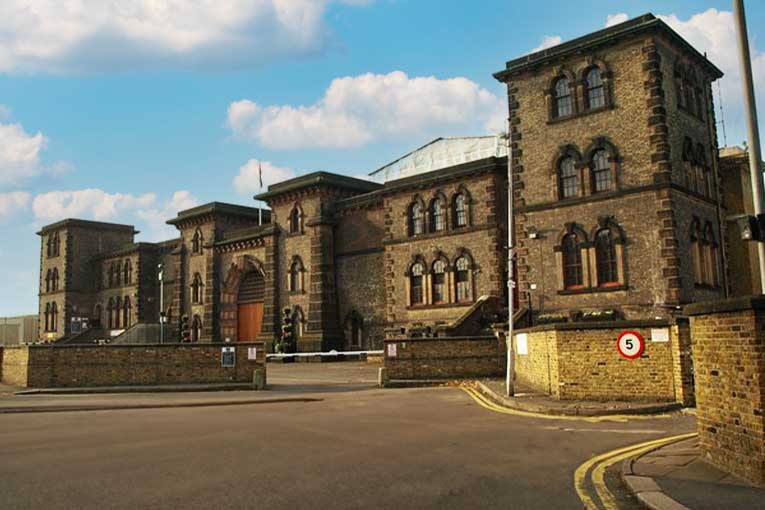
The distinctions between jail and prison are significant and play a crucial role in shaping the criminal justice system’s response to offenders.
Here are the key differences between the two:
Length of Stay
Jails are intended for short-term stays, usually less than a year, while prisons accommodate long-term incarceration, often extending beyond one year.
This difference reflects the temporary nature of jails, which primarily serve as holding facilities for individuals awaiting trial or sentencing.
Types of Offences
Jails primarily house individuals awaiting trial or serving short sentences for misdemeanours or minor offences.
In contrast, prisons incarcerate individuals convicted of felonies or more serious crimes.
The distinction in the types of offences reflects the severity of the crimes committed and the corresponding length of incarceration required.
Population
Jails tend to have a more transient population, with individuals frequently entering and exiting the facility as they await trial or sentencing.
In contrast, prisons have a more stable population of long-term inmates serving extended sentences.
This stability in the prison population allows for the implementation of long-term rehabilitative programs and services tailored to the needs of incarcerated individuals.
How Many Prisons are in the UK?
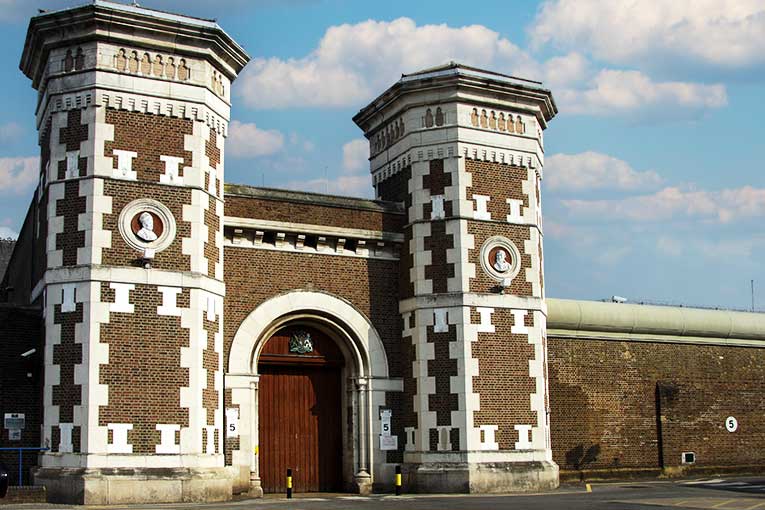
The United Kingdom is home to a network of prisons that serve as long-term correctional institutions for individuals convicted of more serious crimes.
These facilities are operated by various authorities, including the government, private companies, and charitable organisations, and are distributed across different regions of the country.
As of the latest available data, there are approximately 122 prisons in the UK, spanning England, Wales, Scotland, and Northern Ireland.
These prisons vary in size, capacity, and classification, accommodating a diverse population of inmates with varying security levels and needs.
In England and Wales alone, there are around 120 prisons, managed by HM Prison and Probation Service (HMPPS), an executive agency of the Ministry of Justice.
These include a mix of high-security, medium-security, and low-security prisons, as well as open prisons and young offender institutions.
In Scotland, the Scottish Prison Service (SPS) operates 16 prisons, serving both adult and young offenders.
These facilities are responsible for housing individuals sentenced to imprisonment by the Scottish courts and providing rehabilitative programs and services aimed at reducing reoffending.
Northern Ireland has a smaller number of prisons, with the Northern Ireland Prison Service (NIPS) overseeing the operation of three prisons.
These facilities serve as secure environments for individuals serving custodial sentences, as well as those awaiting trial or remand.
What are Alternatives to Jails or Prisons?
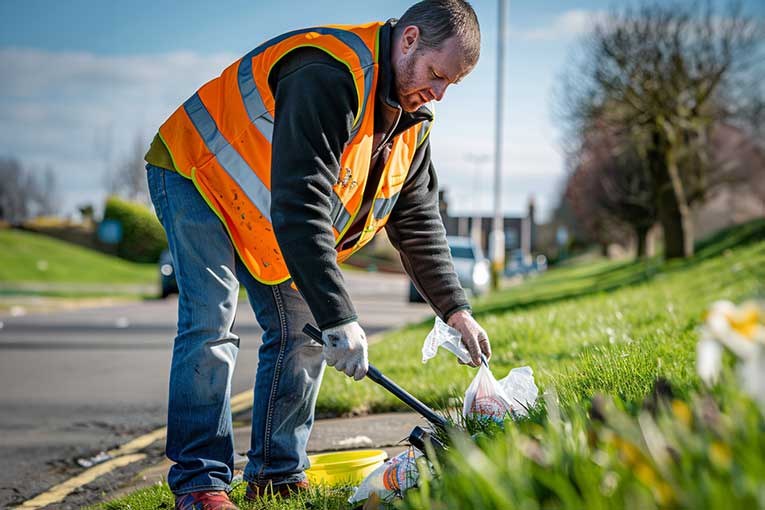
In the United Kingdom, there are several alternatives to traditional incarceration in jails or prisons, which aim to address the underlying causes of criminal behaviour and reduce the likelihood of reoffending.
These alternatives prioritise rehabilitation, community integration, and restorative justice principles, offering individuals an opportunity to address their offending behaviour while remaining in the community. Some of the key alternatives include:
Community Service Orders
Courts may impose community service orders as an alternative to custodial sentences for individuals convicted of certain offences.
Under these orders, offenders are required to perform unpaid work in the community, such as litter picking, gardening, or charity work, as a means of making amends for their actions and contributing positively to society.
Probation
Probation services provide supervision and support to individuals who have been convicted of crimes but are deemed suitable for community-based rehabilitation.
Offenders placed on probation are required to adhere to specific conditions, such as attending rehabilitation programs, maintaining regular contact with their probation officer, and refraining from further criminal behaviour.
Electronic Monitoring
Electronic monitoring, often referred to as ‘tagging’, involves the use of electronic devices to monitor an individual’s whereabouts and movements within the community.
Offenders may be required to wear an ankle bracelet or other tracking device as a condition of their release, allowing authorities to monitor their compliance with curfews or other restrictions imposed by the court.
Restorative Justice Programs
Restorative justice programs bring together offenders, victims, and community members to address the harm caused by criminal behaviour and find ways to repair the damage.
These programs focus on accountability, reconciliation, and healing, allowing offenders to take responsibility for their actions and make amends to those they have harmed.
Drug and Alcohol Treatment Programs
For individuals whose offending behaviour is linked to substance abuse issues, drug and alcohol treatment programs offer an alternative to incarceration.
These programs provide individuals with access to counselling, rehabilitation services, and support networks to address their addiction and reduce the risk of further criminal activity.
Conclusion
Understanding the alternatives to traditional jails or prisons in the United Kingdom illuminates the country’s commitment to a multifaceted approach to criminal justice.
By prioritising rehabilitation, community integration, and restorative justice principles, these alternatives offer individuals opportunities for redemption and reintegration while addressing the root causes of criminal behaviour.
Embracing community-based solutions such as community service orders, electronic monitoring and drug and alcohol treatment programs reflects a progressive shift towards a more humane, effective, and socially responsible approach to addressing crime and promoting public safety.
Through these initiatives, the UK strives to foster positive outcomes for offenders and communities alike.
https://securityjournaluk.com/difference-between-jail-and-prison/
Published: 2024 06 08 07:00:00
Received: 2024 06 08 07:08:47
Feed: Security Journal UK
Source: Security Journal UK
Category: Security
Topic: Security
Views: 22
